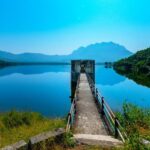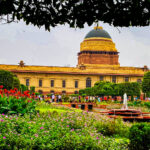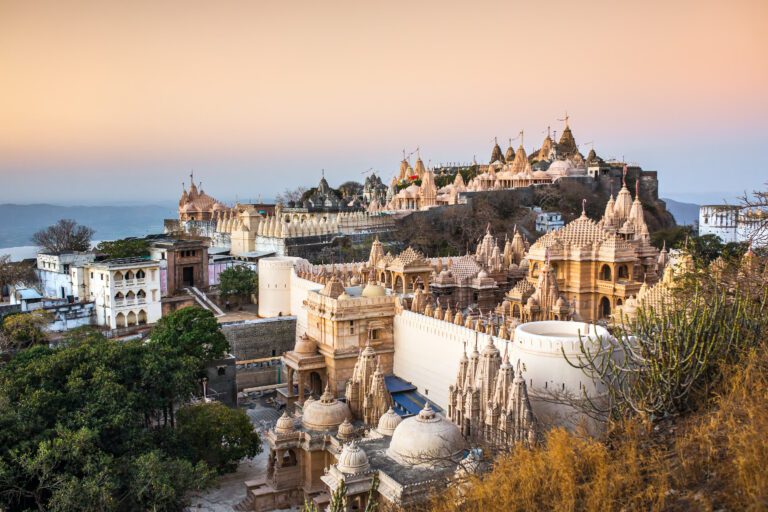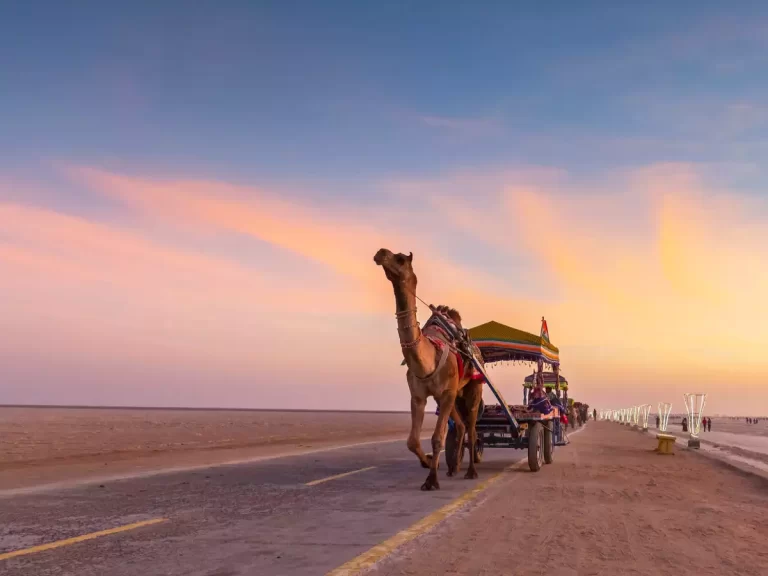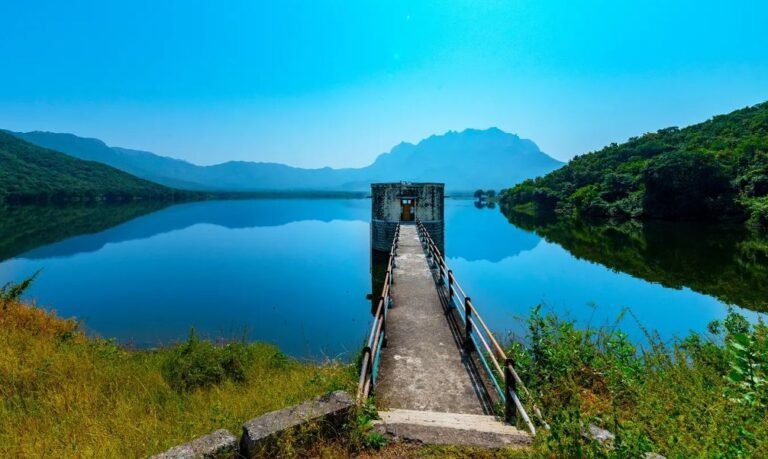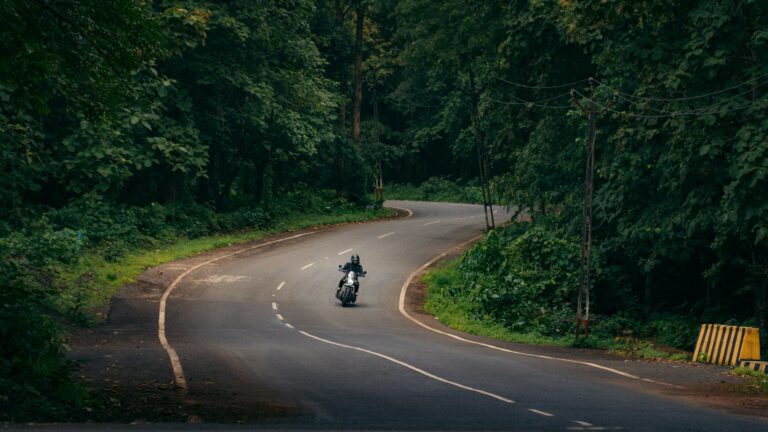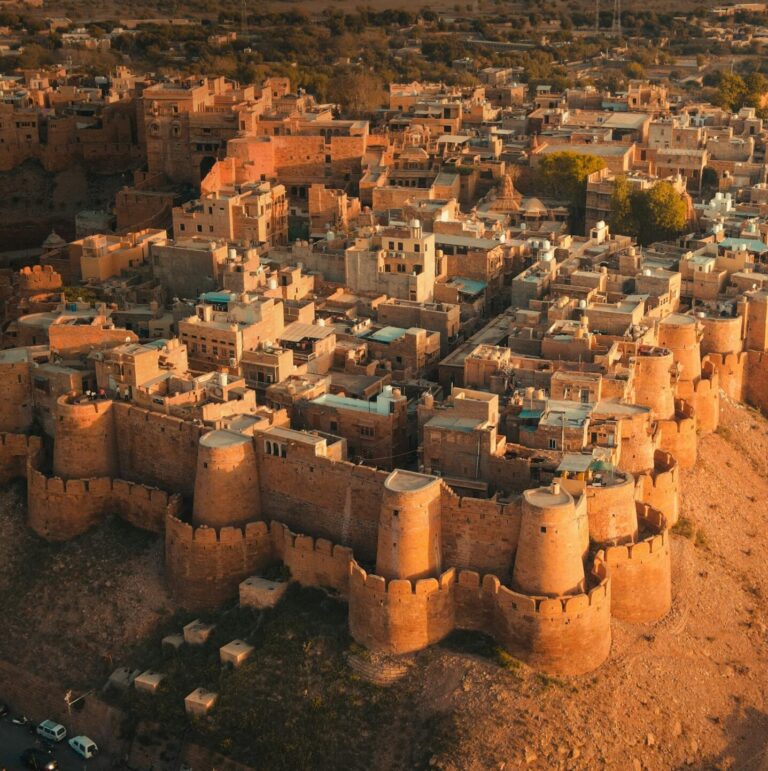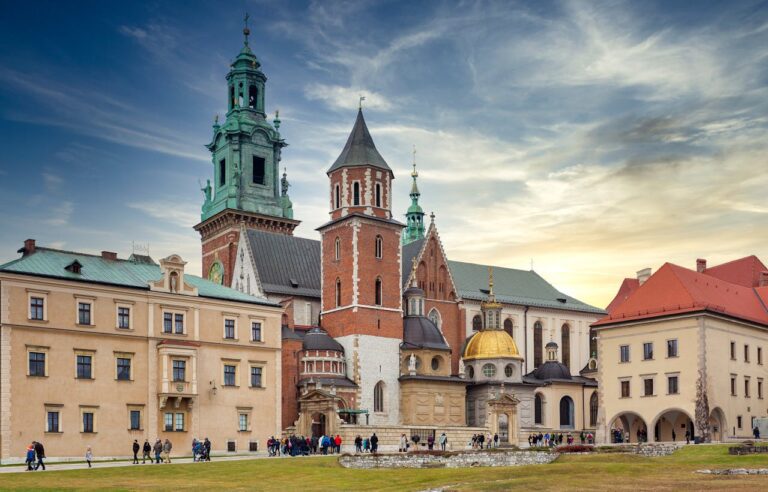Deciding the best time to visit Sri Lanka can be a bit challenging due to its varied weather patterns influenced by its location in the Indian Ocean. The tropical climate means different parts of the country experience distinct weather systems, making it essential to plan your visit based on the activities and regions you want to explore. Whether you’re looking to relax on the beaches of the southern coast or trek up the iconic Sigiriya Rock in the north, here’s a detailed guide to help you choose the best time to visit Sri Lanka:
Table of Contents
Sri Lanka’s Weather Overview
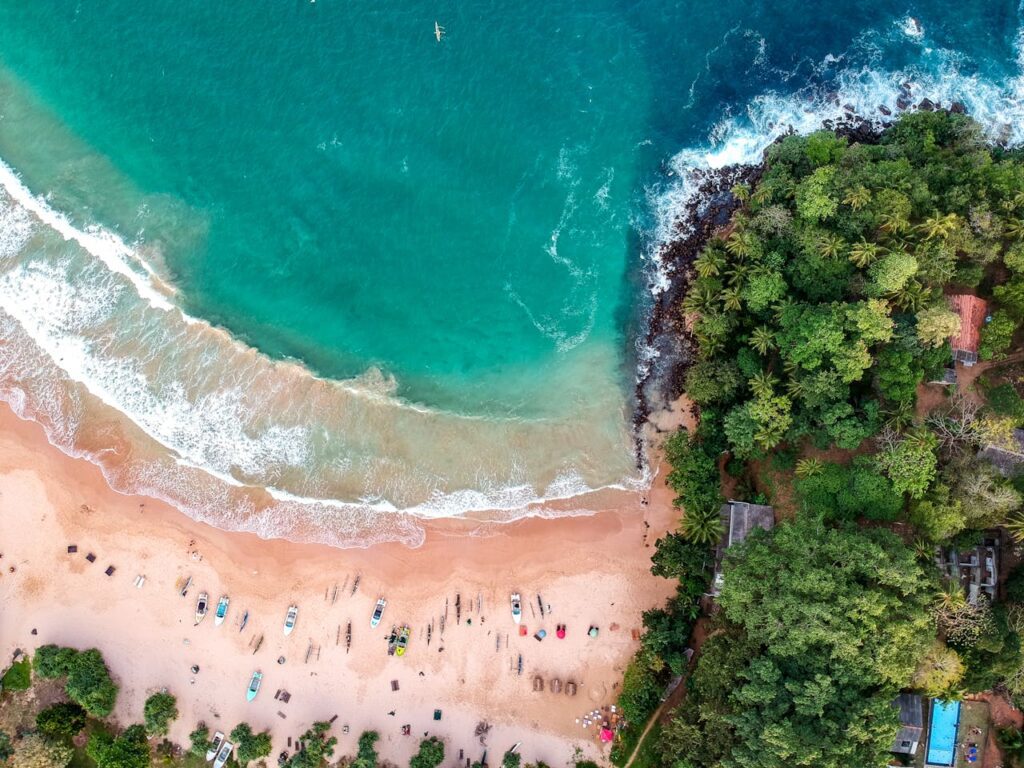
Sri Lanka enjoys a tropical climate with distinct wet and dry seasons, yet remains hot and humid throughout the year. Even during the rainy seasons, travelers can expect plenty of sunshine, particularly along the coastal areas, making it a popular destination all year round.
Best Time to Visit Sri Lanka
Given the unpredictability of tropical weather, it’s wise to be prepared for unexpected changes. However, the most favorable time to visit Sri Lanka is generally from December to mid-April. This period marks the peak tourist season with the most pleasant weather, though it also means higher prices and larger crowds.
Read More: Top 15 Budget-Friendly Hostels in India for Affordable Travel
Understanding the Monsoon Seasons of Sri Lanka
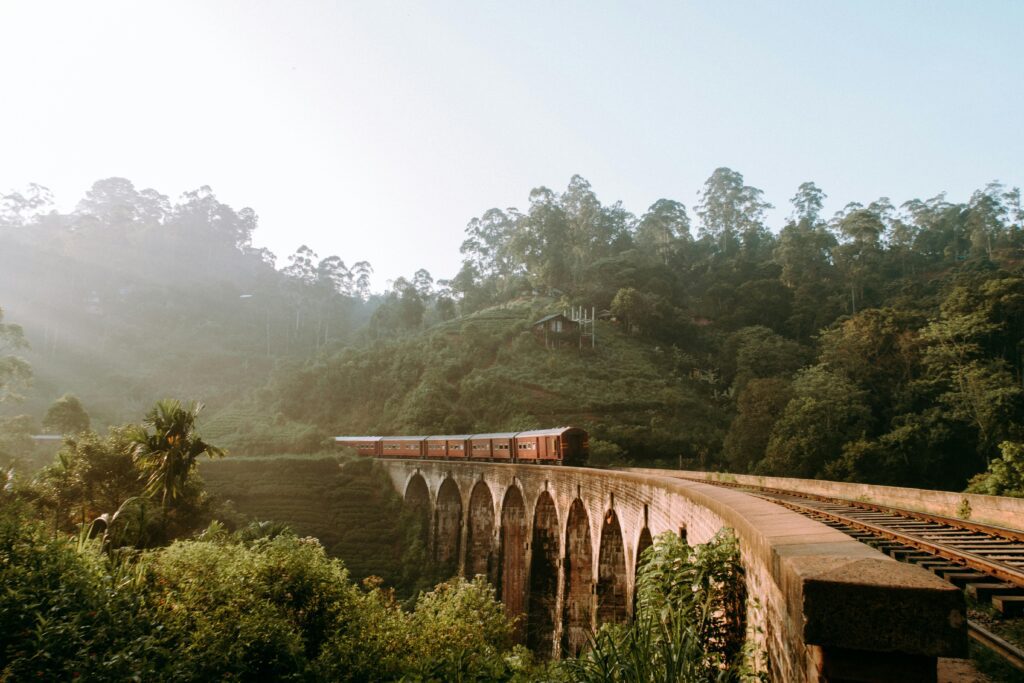
Sri Lanka experiences two main monsoon seasons. The ‘Yala’ monsoon affects the south and west coasts from May to August, while the ‘Maha’ monsoon impacts the east coast and the Cultural Triangle between November and January. Additionally, an inter-monsoon period in October brings widespread heavy rainfall across the island. To truly appreciate the best time to visit, it’s crucial to consider how different regions experience these seasons.
Sri Lanka Regional Breakdown
Northeast Coast: The northeast, including Jaffna and Mullativu, sees heavy rains from the northeast monsoon between October and December. The driest months here are from May to September, with the best weather in March to May when temperatures are moderate, and rainfall is minimal. The ideal month to visit is April.
East Coast: Coastal areas like Passekudah, Trincomalee, and Arugam Bay thrive from May to September, offering plenty of sunshine and lower humidity compared to the rest of the country. With temperatures averaging in the mid-30s, August is the best month to visit.
Northwest Coast: Regions such as Kalipiya and Puttalam avoid the brunt of the southwest monsoon but experience some effects, especially high winds. The best weather is from January to March, with February being the optimal month for a visit.
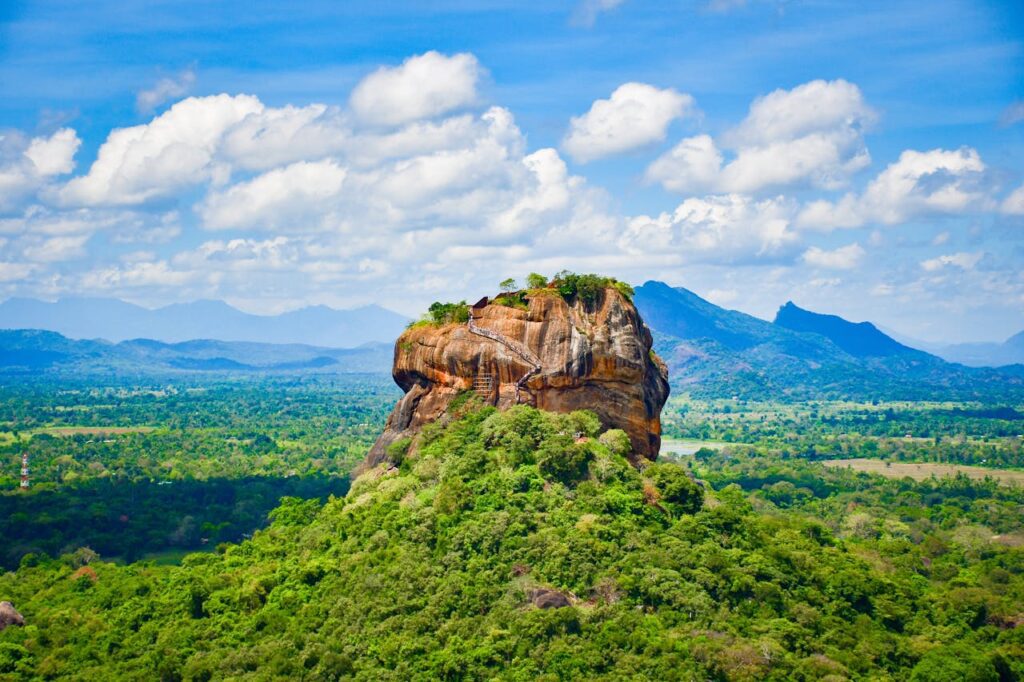
Cultural Triangle: This central region, home to UNESCO World Heritage sites like Dambulla and Sigiriya, is hot and dry for most of the year, with minimal rainfall from October to December. The cooler, more comfortable months for exploring are February and March, with March being the best.
Tea Country: Located at higher altitudes, Sri Lanka’s Tea Country enjoys cooler temperatures, ideal for hiking from December to May. January is the best month to visit, particularly for those planning to hike Adam’s Peak.
Southwest Coast: Dominated by the ‘Yala’ monsoon from May to September, the southwest coast, including Colombo, is best visited during the dry season from December to March. January is particularly appealing due to the Duruthu Perahera Festival.
South Coast: Featuring popular beaches in Galle, Mirissa, and Unawatuna, the south coast’s best weather is from late November to April, with February being the prime month to enjoy the beach.
Sri Lanka Accommodation Options

Sri Lanka offers a range of accommodation options, from heritage homes and hotels reflecting the tropical modernist architecture of Geoffrey Bawa to new, innovative hotels like Kayaam House in Rekawa and Braganza House near Galle.
Sri Lanka Visa Requirements for Indian Travelers
Indian tourists need an E-Visa to visit Sri Lanka. The application process involves submitting required documents and paying a fee, which varies based on the visa type, ranging from a single-entry 30-day visa to a 10-year multiple-entry visa. It’s important to apply for the E-Visa no more than six months before your trip.



